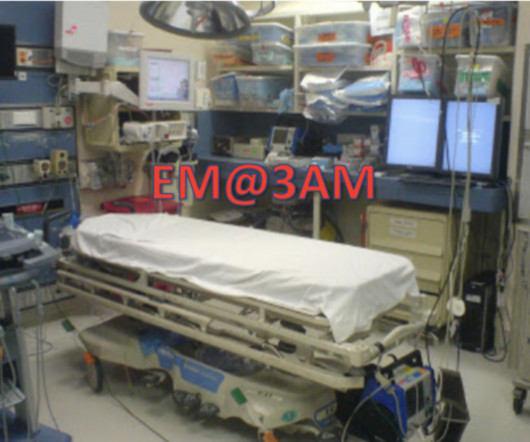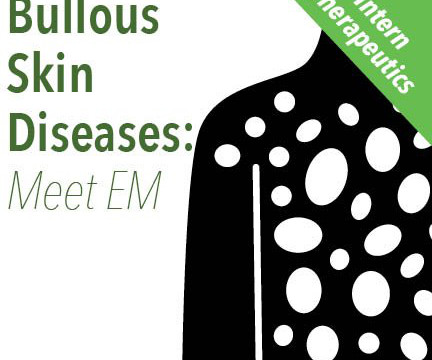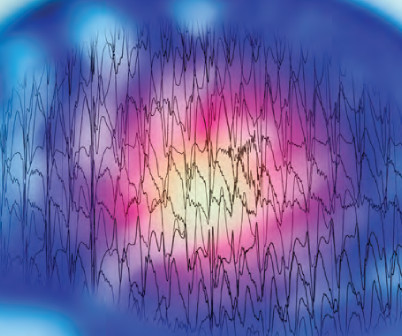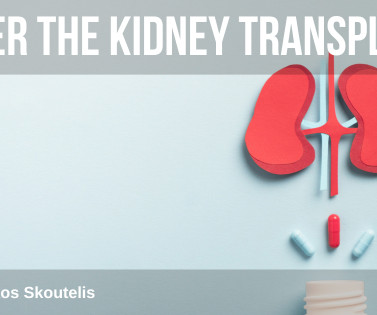emDOCs Revamp: Alcohol Withdrawal
EMDocs
DECEMBER 18, 2024
A 36-year-old male presents to the emergency department after being found down at home by his spouse. 2013; 88(9): 589-595. Guidelines for Reasonable and Appropriate Care in the Emergency Department (GRACE-4): Alcohol use disorder and cannabinoid hyperemesis syndrome management in the emergency department.











































Let's personalize your content